Partners In Crime
Sean Bobbitt BSC / The Rhythm Section
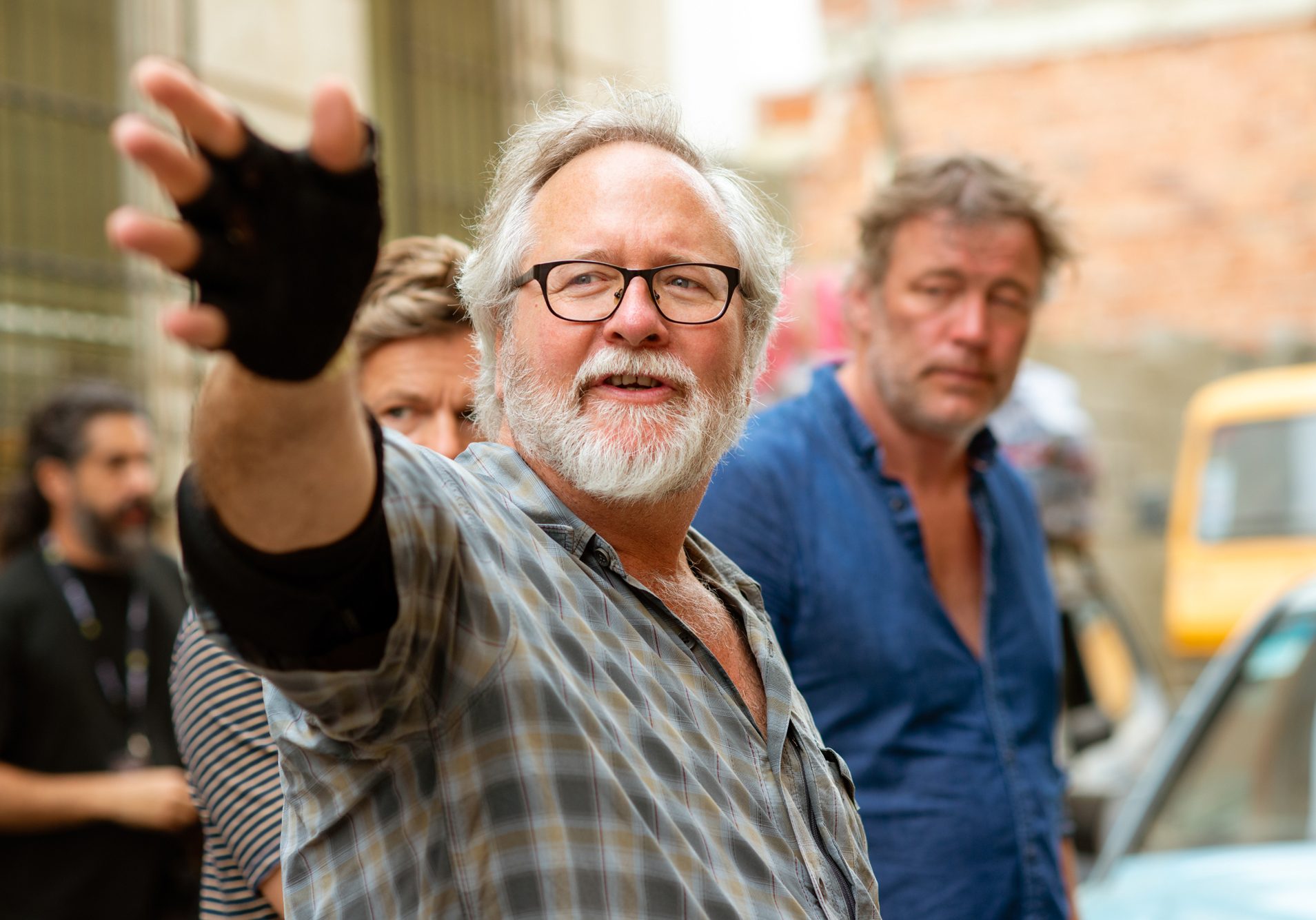
Partners In Crime
Sean Bobbitt BSC / The Rhythm Section
BY: Ron Prince
"When you shoot for someone like Reed Morano ASC, it had better look good, otherwise you're in trouble," admits DP Sean Bobbitt BSC, who oversaw the cinematography on The Rhythm Section, directed by Morano, an accomplished cinematographer herself who has more lately turned to directing with considerable success.
In 2013, Morano became the youngest member of the American Society Of Cinematographers, with DP credits on feature films such as Frozen River (2008) and Kill Your Darlings (2013). She made her directorial debut with the feature film Meadowland (2015), which she also served on as DP, before going on to direct the first three episodes of Hulu's The Handmaid's Tale, for which she won an Emmy Award.
Bobbitt first met Morano during production on A Place Beyond The Pines (2012, dir. Derek Cianfrance), when Morano shot second unit and pick-ups, and says the connection between them was maintained as, "a strong, mutual admiration society ever since.
"I have always been a great admirer of Reed's work - both as a cinematographer and more recently as a director. She had approached me a couple of times in the past to shoot for her, but unfortunately I was not available on those occasions. When the script for The Rhythm Section came through I was available and, even before I read it, I knew I wanted to do it. Once I had spoken to her about how she saw it, I was absolutely sold."

The Rhythm Section, a $50m Paramount Pictures production, produced by Barbara Broccoli and Michael G. Wilson of James Bond 007 franchise fame, follows Stephanie Patrick (played by Blake Lively) as a woman seeking revenge.
Whilst working as a prostitute in London, and addicted to drugs, Stephanie discovers that a plane crash which killed her family was not an accident but, in fact, a terrorist attack covered up by the government. With the help of a former CIA operative (Jude Law) to find the culprits, her quest to uncover the truth soon turns into a full-blown odyssey of revenge across Scotland, Spain and Morocco as she decides to punish those responsible.
"On first reading, the script came across as fairly generic thriller material - a single protagonist going through a journey of self-discovery, with several exciting set-piece moments that you would typically associate with a regular thriller," says Bobbitt. "But Reed is extremely eloquent in her ability to express ideas and get them across very precisely and succinctly. She had very strong visual ideas, as you would expect from a cinematographer. Her take was a much more personal and altogether darker approach, where we really get into Stephanie's mind and psyche.
"Rather than being a distant character, and definitely not a James Bond or Jason Bourne, Stephanie is just a normal, regular person who finds herself in extraordinary circumstances and has to survive the ordeal. She may well sink and actually barely swims.
"Reed wanted the audience to be with Stephanie the whole time, so that we understand her dreadful spiral into drugs and prostitution, her recovery from instability, the truth about the death of her family, and her quest for revenge as a highly-motivated assassin. Cinematographically, Reed's approach - for it to be intimate, personal and human, but also tense and epic - made the visual storytelling much more interesting."
The fact that Broccoli and Wilson were the movie's producers was another element of great appeal to Bobbitt. "It was a remarkable privilege to work with them. They have an amazing reputation and track record, and to be associated with one of their productions is never a bad thing. They're very hands-on and are a remarkable and positive resource to have on-set. They really brought an awful lot to the production itself, and make you raise your game."

Bobbitt says he and Morano had two main visual references for the production. "We considered Run Lola Run (1998, dir. Tom Twyker, DP Frank Griebe), in terms of how the storytelling unfolds through the camera movement, framing and lighting, and how the audience is with the single female protagonist the whole time.
"The other film that left a great impression on us was 4 Months, 3 Weeks And 2 Days (2007, dir. Cristian Mungiu, DP Oleg Mutu). It's a frank and disturbing film, whose simplicity of storytelling - where you experience their world at the same time they do, and feel their responses in real-time - we found very appealing. That said, we also viewed these films from a perspective of what we didn't want to do, and things that might not have worked quite so well with respect to our film."
Principal photography on The Rhythm Section began in November 2017 at rural locations around southern Eire, doubling for Scotland, and at Ardmore Studios, in Bray, County Wicklow, where the film's New York hotel interiors were constructed on stage.
After a break for Christmas and New Year, shooting recommenced for a week in New York in January 2018. However, production was halted after Lively was injured on the film set, and then entered a hiatus until the end of May 2018 when she had fully-recuperated. Production then resumed in Spain until the beginning of August, taking in Madrid, and shooting in Cadiz for the film's Marseilles scenes, and then Almeria for Tangier, the Moroccan seaport on the Strait Of Gibraltar.
"The choice of aspect ratio, cameras and lenses, is always a combined decision with your director, and Reed had a strong visual sense of how she wanted this movie to look," says Bobbitt. "As much as we wanted to shoot on celluloid film, it was not a possibility. It was obvious that we would shoot in a widescreen format, and we wanted to go Anamorphic. As we talked about the story, it broke down into two distinctive worlds visually - the first of Stephanie as a junkie prostitute living a very unstable existence in a distressing world, the other her transition into a ardent, albeit amateur, assassin."
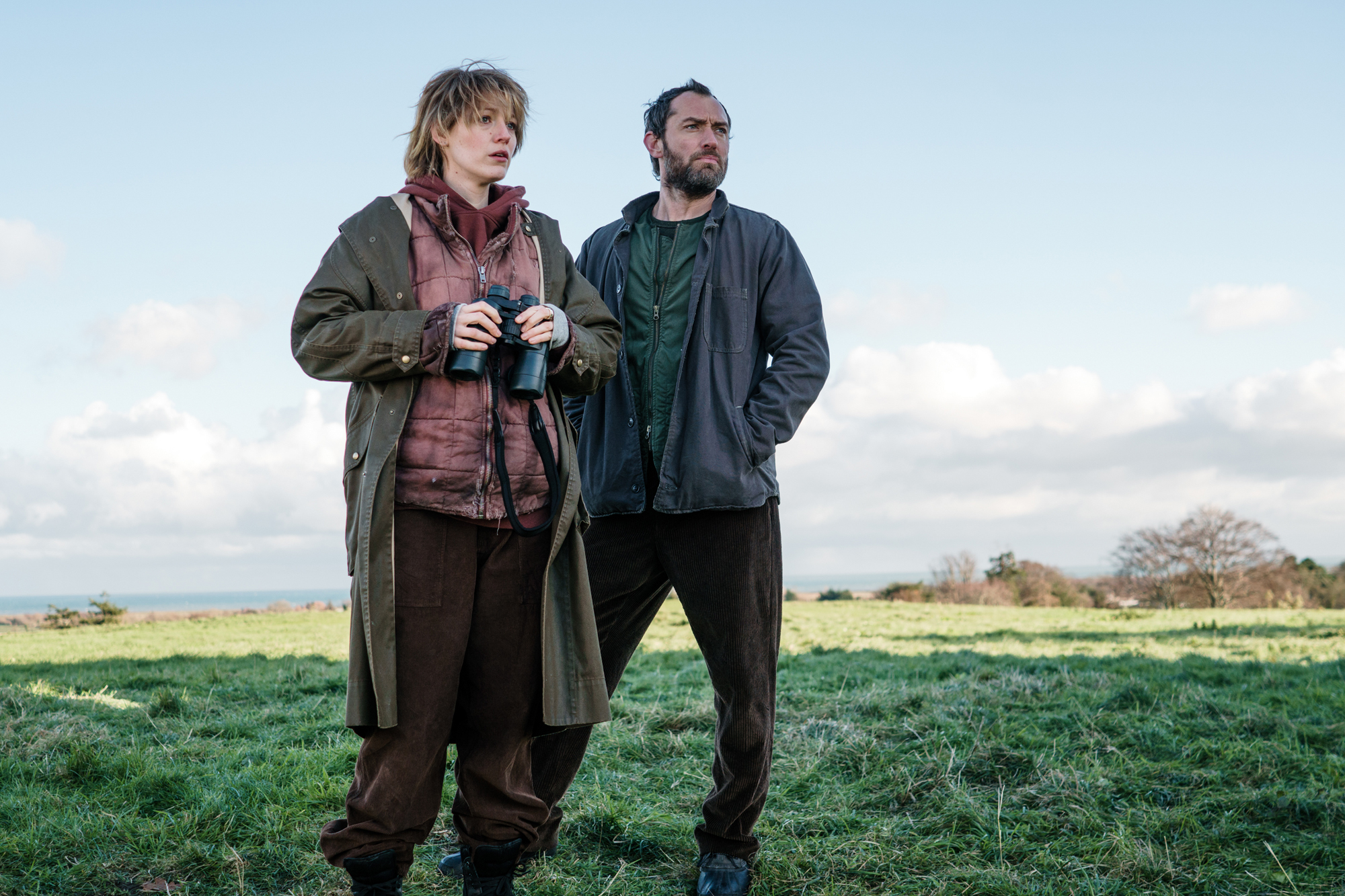
After testing at ARRI Rental UK, Bobbitt and Morano settled on Alexa XTs, plus Alexa Mini cameras for the more kinetic action sequences, shooting ARRIRAW. These were variously fitted with Canon Xtal Express Anamorphic lenses, originally made by Joe Dunton in the 1970s, to capture the initial, fragile parts of Stephanie's story, switching to Hawk C-series for her journey of revenge.
"I looked at nine or ten different sets of Anamorphics, and then went through my tests with Reed to choose which lenses we thought would work best for the different parts of the story," he recalls. "The Canon Xtal Xpress lenses have a lovely narrow depth-of-field, and do some pretty funky things at different stops. On some of them wide open, the whole top of frame is out-of-focus, and there are other odd anomalies with the right side of frame being in focus and left side out-of-focus. I thought they were wonderful, and Reed agreed they were exactly what we were looking for. If I could have one lens for the rest of my life it would be the Xtal Xpress 50mm, it's a beautiful, beautiful lens."
That said, the vintage Xtal Xpress's were challenging from a focus-puller's perspective. Some needed almost two full turns of the barrel to go from close focus to infinity, and others provided sticking points rather than smooth pulls. Bobbitt says his focus puller, Andrew O'Reilly, "did an amazing job in modifying his follow-focus, and getting the lenses to work properly."
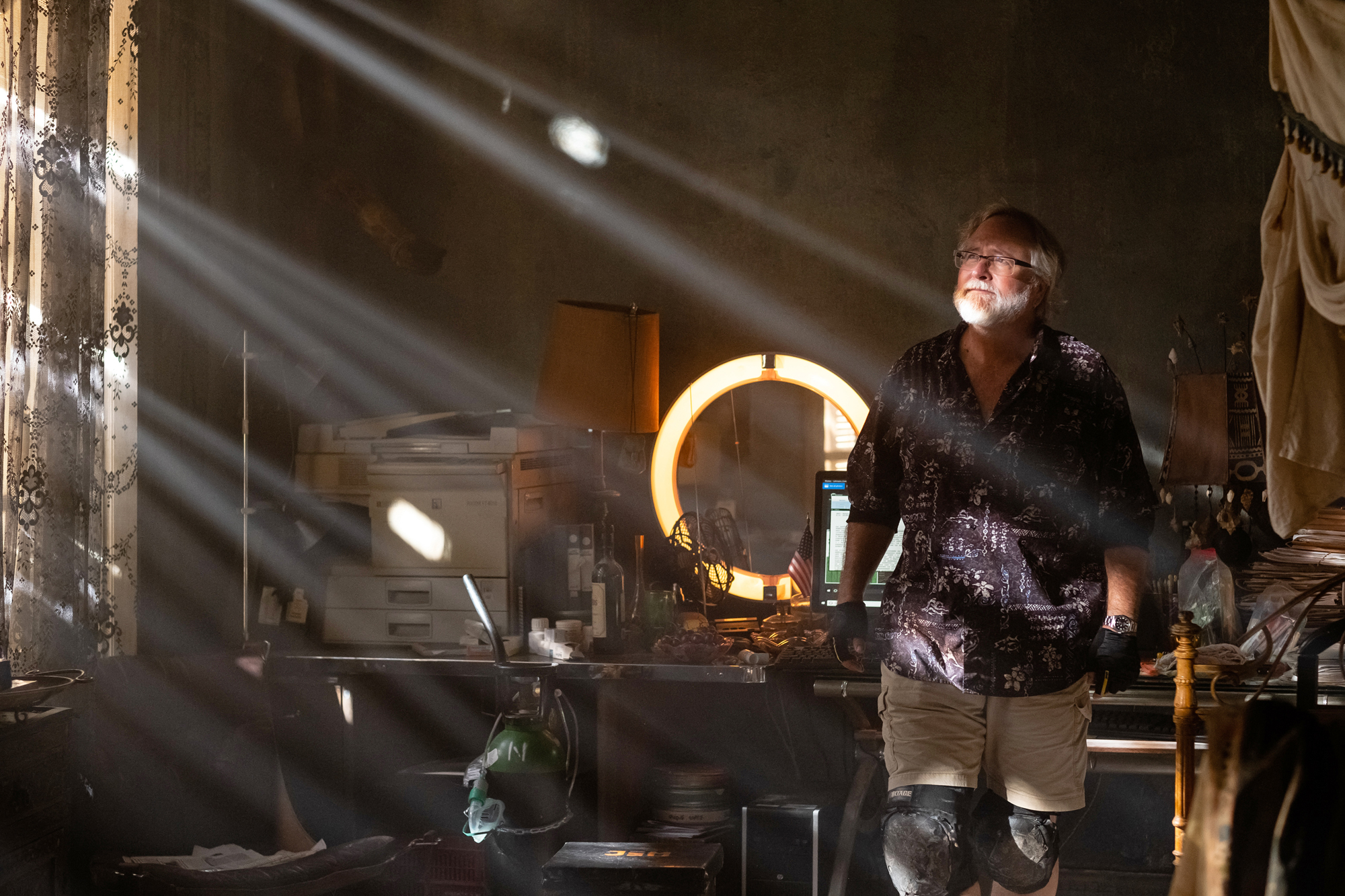
"The Canon Xtal Xpress lenses have a lovely narrow depth-of-field, and do some pretty funky things at different stops. If I could have one lens for the rest of my life it would be the Xtal Xpress 50mm, it's a beautiful, beautiful lens."
- Sean Bobbitt BSC
For the scenes when Stephanie's life becomes more stable, more dependable lenses were deployed. As Bobbitt explains, "A lot of modern Anamorphics are so clean and precise that they don't look Anamorphic. We wanted something more stable than the Xtals, but with a distinctive look of their own, and in the end went with Hawk C-series. They are vintage too, from the 1970s and '80s, and have some anomalies and nice flares, but they are much more predictable than the Xtal Xpress glass."
During production, Bobbitt generally rated the ARRI Alexas at 800ASA for all interior/exterior day shots, but pushed by a stop to 1280ASA for nighttime scenes. As per his own predilection, he tended to shoot with a polarising filter as a quick and easy way to control highlights on faces and reflections off surfaces and windows.
As for LUTs, Bobbitt prefers a simple colour workflow, using the Alexas' built-in ARRI LCC (Low Colour Contrast) LUT during production, and opting not to do any on-set grading.
"As I operate I simply don't have time to sit with a colourist on-set and do grading," he remarks. "I have found it can be a waste of time, as the film is going to be graded later anyway, and you might end-up fighting your LUT and your look. So I keep the workflow as simple as possible, and get the look as close as possible through the dailies by briefing the dailies colourist as clearly as I can. Reed works in the same way. It's quick and efficient." Graded rushes were done at Windmill Lane in Dublin.
Bobbitt says he enjoyed working with, "a tight-knit and brilliantly supportive team". Along with O'Reilly as first AC, Bobbitt's main unit camera crew included Tommy Griffin as second AC. Nic Lawson was brought in to operate when a second camera was required for the movie's action sequences and on second unit, supported by Connor Hammond and Esme Pum McNamee as first ACs.
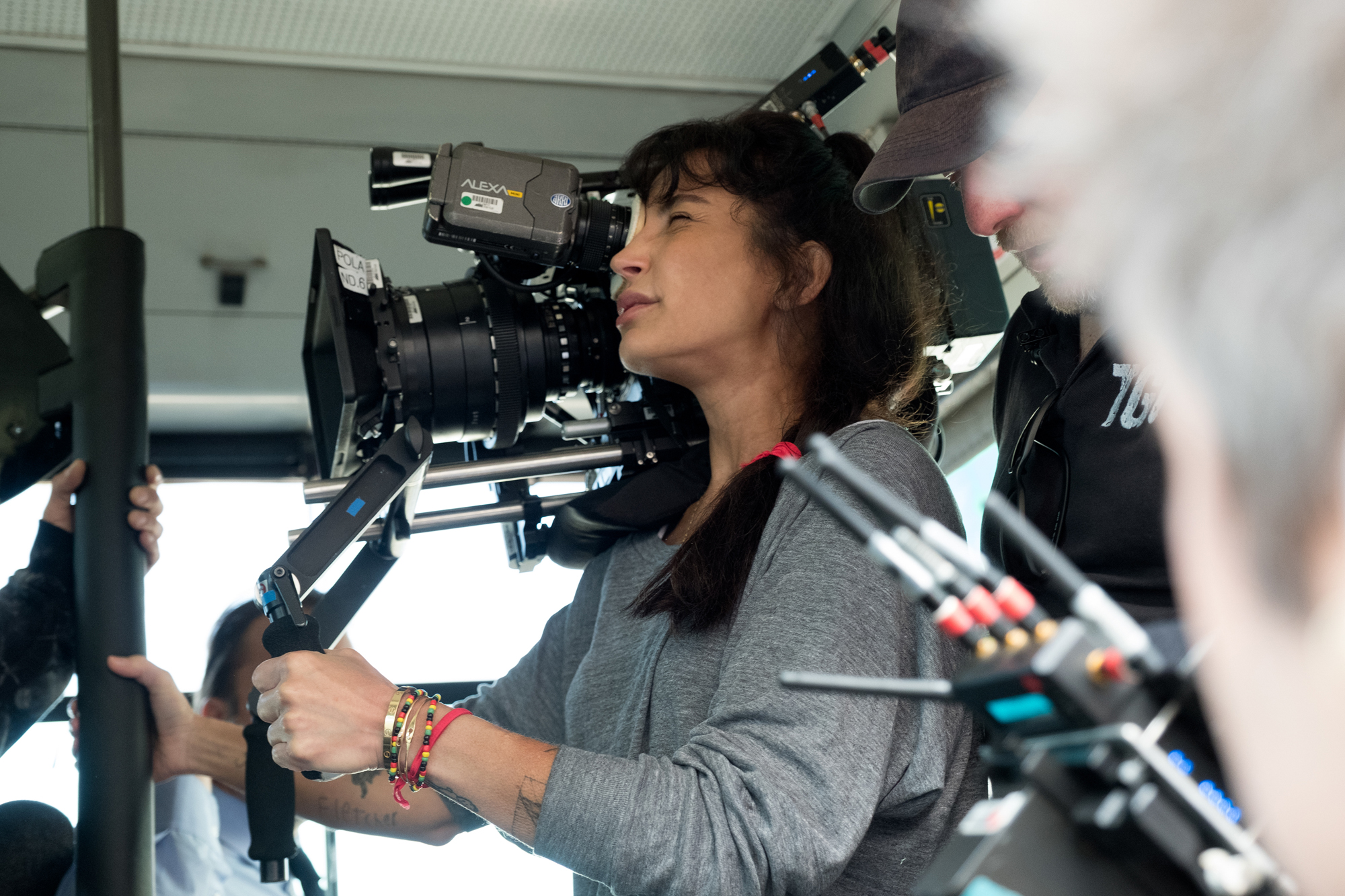
Steadicam days were spread across the duration of the production, which meant several different specialists were involved, including Mike Scott and Peter Wignall. The key grip was Jem Morton, with David Smith as gaffer. Sean Leonard was the DIT, whose responsibilities included QC, archive back-up to LTO, and the safe delivery of the dailies to Windmill Lane, who matched the footage to digital stills from each location as graded by Bobbitt.
For some of the more intimate scenes involving Stephanie, Bobbitt handed the camera to Morano, knowing that their vision was the same and that there would be no disruption in the visual aesthetic. "The common language was there from the beginning for us both and Reed understands perfectly well what a camera can do and the way she wanted to get the performance to tell the story," he notes.
When it came to motivating the camera, Bobbitt and Morano used a lot of different methods dependent on the storyline. "There was a fair amount of handheld and Steadicam, along with crane and drone shots, but the movement always followed the action, and was not induced by it. Effectively the movement was hidden within the storytelling to a great extent, and it is not obvious as to how it is being moved.
"For the dramatic action sequences we worked on the premise that they would not look like anything you would find in a James Bond or Jason Bourne movie, and without the normal conceit of action sequences having lots of cuts and takes."
For example, the traumatic sequence that sees Stephanie navigating narrow roads and fleeing from gunfire after an assassination in Tangier, was all filmed from the passenger's seat in a car.
"Reed felt the scariest place to be visually for the audience was inside the car, and that the tension could easily drop off if the action cut outside," Bobbitt says. "So, to build maximum tension we designed the sequence so that it didn't ever leave the car. All the action was shot handheld from the passenger's seat, with the camera panning front and back to capture the chaos and danger happening outside, as well as Stephanie's expressions as she drives in desperation."
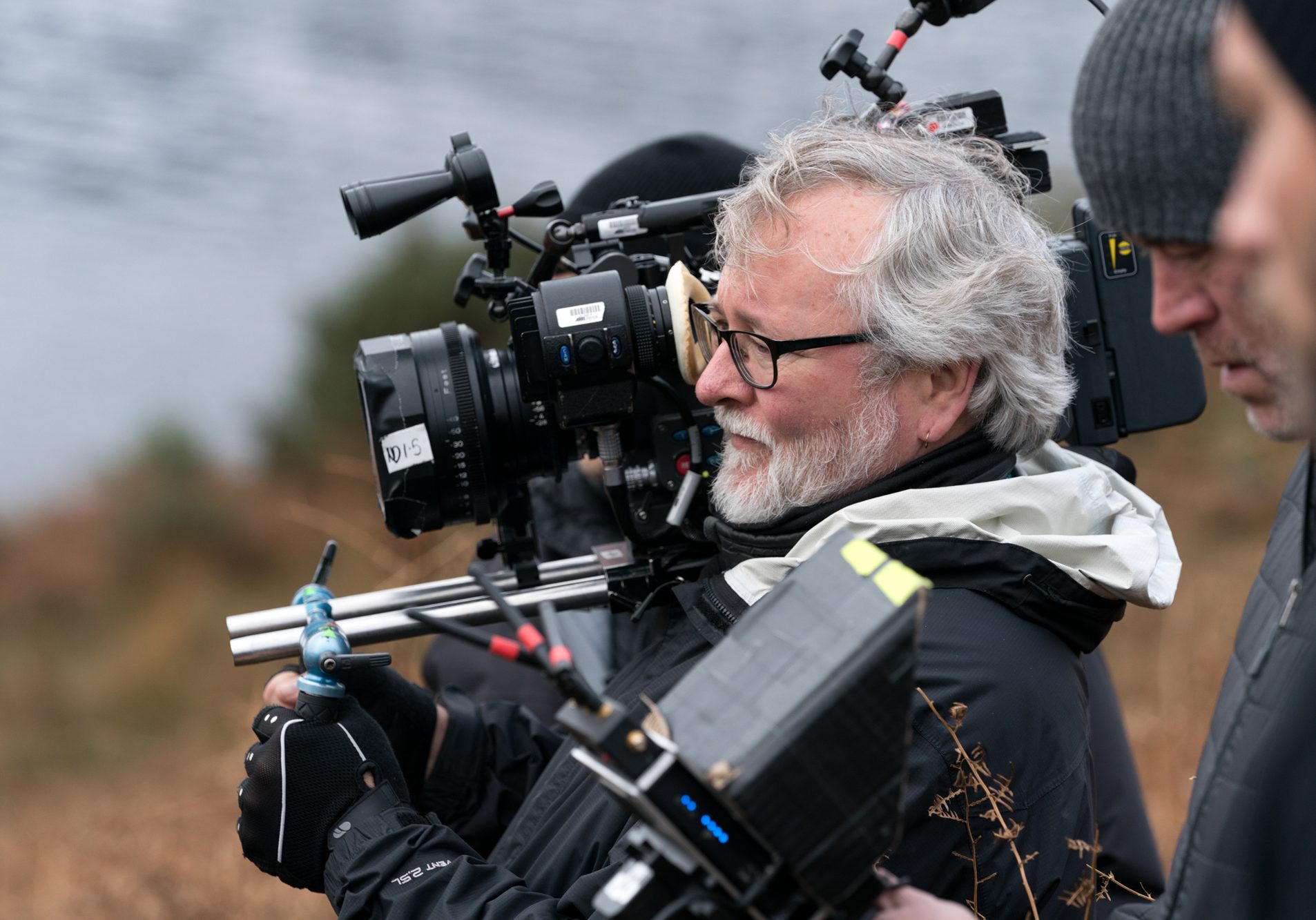
"There are a small number of people who have made that transition successfully (from cinematographer to director), and Reed is one of those. As fellow cinematographers there was automatically a common language between us - we understood exactly what each was saying."
- Sean Bobbitt BSC
To complicate matters, the pair decided to shoot the sequence to appear as if it were one continuous take, which involved elaborate staging. The movie's SFX supervisor, Chris Corbould, and his team, modified the interior of the car by removing the passenger and rear seats. This gave enough room for Bobbitt and O'Reilly to squeeze inside the vehicle, with the cinematographer strapped securely onto a sliding rail. This contraption meant he could swivel around to capture the action through the front and rear windscreens, whilst framing very close-up to Stephanie at the steering wheel.
"We put a lot of time and effort into rehearsals, and had an amazing stunt team in other cars, on motorcycles and jumping out into the street," Bobbitt recalls. "Although the result looks like one seamless action sequence, in practice there were some invisible edits and joins, as it would have been impossible to have done it otherwise. The result is different, and was very much in keeping with Reed's visual plan, and I am very proud of it."
With regard to lighting, Bobbitt says the overall ambition was to deliver a feeling of realism for the majority of the film, "to create a believable world that Stephanie exists in and to draw us in as an audience. So in the main, things were not overly lit."
However, some of the assassination sequences were given a more stylised treatment. For the killing in the New York penthouse swimming pool, gaffer David Smith came up with the idea of using a large, lit work of art reflecting in the blue/green light of the pool itself, with warm red and orange cross lighting for colour contrast as the main sources.
"This gave an odd but very atmospheric feeling to the scene, and allowed me to shoot using silhouettes for dramatic effect," says Bobbitt. "If we wanted any more modelling on the actors, we supplemented our main sources with china balls and small LEDs."
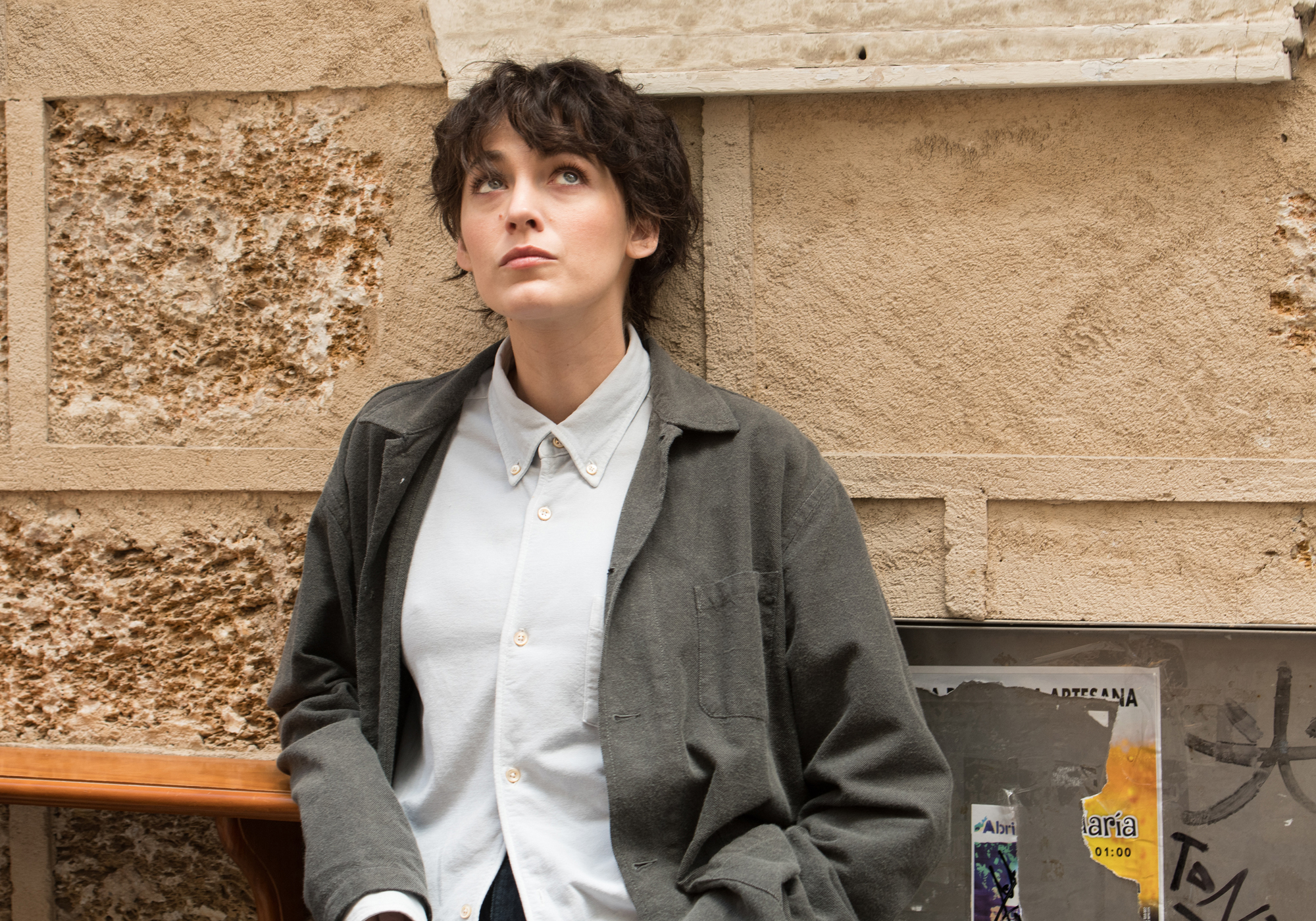
For the assassination in Tangiers, Bobbitt lit the interior of the murder target's home with streaks of light firing through bamboo slats, coming from four 18K HMIs - two on lifts, and two on buildings opposite. "The directional nature of hard North African light gave a really eerie feel to the deadly battle, and was quite an effective counterpoint to the rest of the film."
Bobbitt graded The Rhythm Section with Tom Poole of Company 3 in New York, a favourite colourist of his and Morano's. "Over the years, Reed and I have worked with Tom a lot on our various different projects, and were fortunate to have him for this film. The mainstay of the work essentially revolved around further developing and augmenting the look and feel of the lenses we had chosen or the different parts of Stephanie's story. Tom was able to keep both of us happy in a remarkably diplomatic way."
As for working with a fellow cinematographer-turned-director, Bobbitt concludes, "There are a small number of people who have made that transition successfully, and Reed is one of those. She has a strong visual sense and an open and collaborative mind. As fellow cinematographers there was automatically a common language between us - we understood exactly what each was saying. She knew when something might be impossible, although sometimes she asked for it anyway, such as the car chase sequence. It was a real pleasure and a rewarding experience to work with her."

